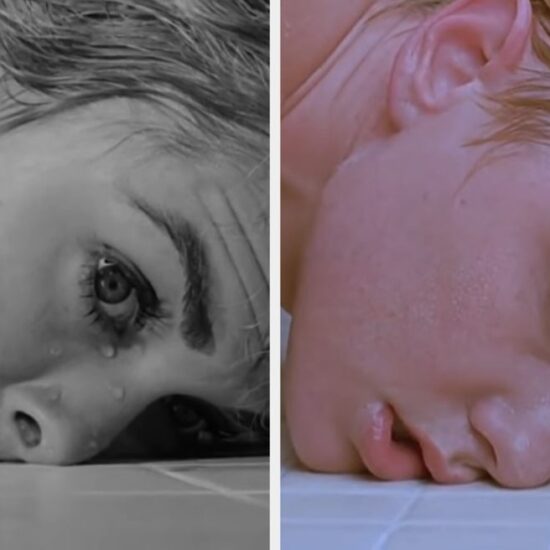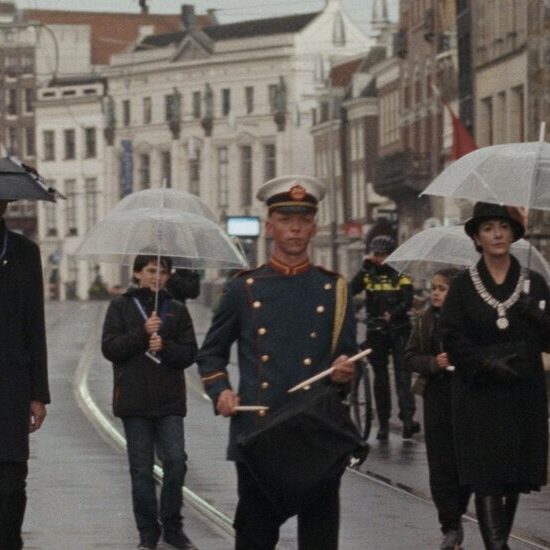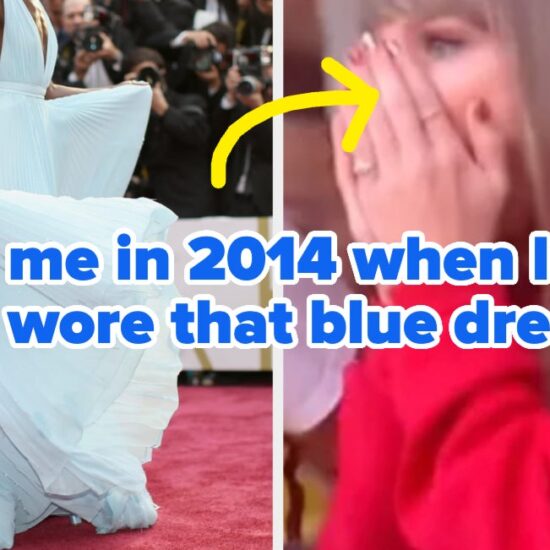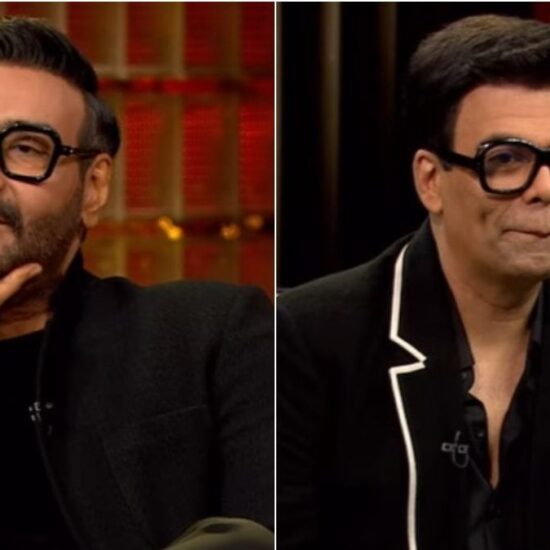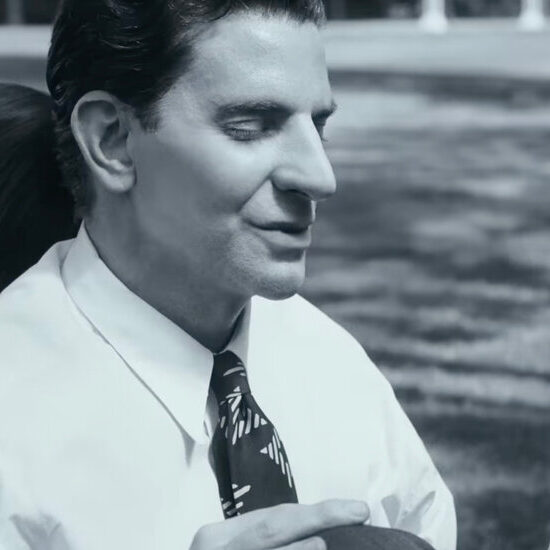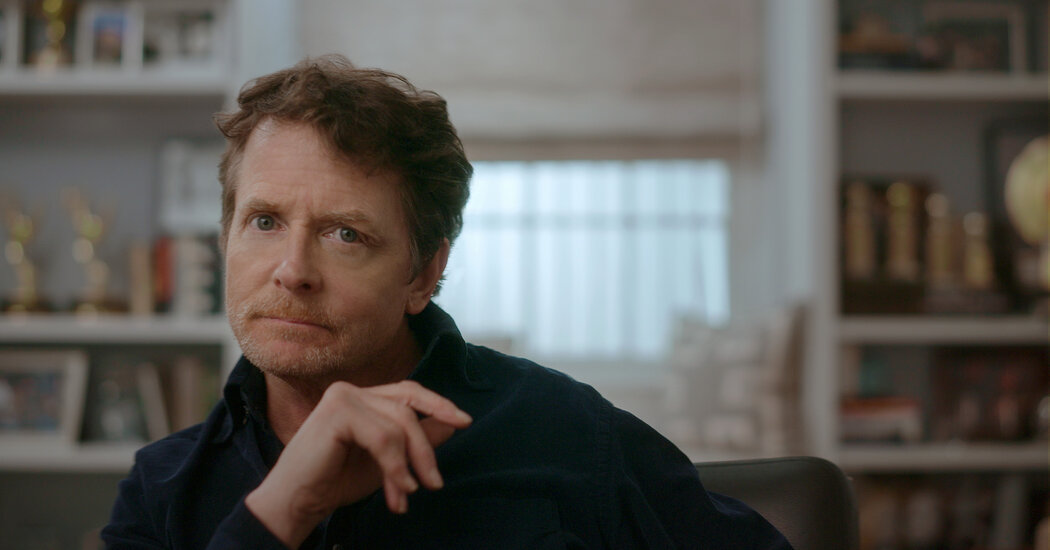
When Davis Guggenheim approached Michael J. Fox three years ago in the hopes of making a film about his life, the director had a few things going for him, besides his previous success with documentaries about other luminaries including Al Gore (the Oscar-winning “An Inconvenient Truth”) and the Pakistani activist Malala Yousafzai (“He Named Me Malala”). Guggenheim’s wife, the actress Elisabeth Shue, had worked with Fox before, starring as his girlfriend in the second and third installments of the “Back to the Future” series. And Guggenheim had directed “It Might Get Loud,” a documentary about Jimmy Page, Jack White and The Edge, a fact that endeared him to Fox, a longtime electric guitar player.
Even so, Fox initially balked at the idea of a movie, particularly one centered on tales he had already written about in four best-selling memoirs. “I told him, my story’s pretty self-explanatory,” Fox recalled. “I don’t know how many times you can tell it.”
But Guggenheim persevered. He didn’t want to do a film version of Fox’s own memoirs, which detail the actor’s life and career and struggles with Parkinson’s, as good as he thought they were. And he didn’t want to make your standard documentary, the sort with talking heads and somber narration. Guggenheim wanted to make a movie with as much life and humor as its subject, a fun, fast-paced effort not unlike, say, a movie starring Michael J. Fox.
“I wanted to take the audience on a wild ride,” Guggenheim said.
In the end, Fox relented, albeit with one request: no violins. “No maudlin treatment of a guy with a terrible diagnosis,” Guggenheim said.
“Still: A Michael J. Fox Movie” (streaming on Apple TV+) interweaves scripted re-enactments, archival behind-the-scenes footage, interviews with Fox, and copious clips from Fox’s four-decade-long career, including his breakthrough roles in “Back to the Future” and on “Family Ties,” which established Fox as one of Hollywood’s biggest stars.
The result is a genre-defying hybrid that uses Fox’s own film and TV work to creatively illustrate key moments of his life (more on that later), and even reveal long-held secrets — for example, how Fox managed to hide his Parkinson’s for years, even while starring on the ABC comedy series “Spin City.”
The film explores Fox’s career from its earliest beginnings, when the actor was 16, but playing 12, in the Canadian sitcom “Leo and Me.” In a video interview from his office in New York, Fox criticized his work in those early gigs. “I eventually figured out how to act,” he said, “but early on, I had no clue.”
Initially, Guggenheim wanted to tell Fox’s story largely through re-enactments, with actors playing Fox at various stages of his life. The film’s editor, Michael Harte (“Three Identical Strangers”), was against the idea. “The problem is, you can’t show the actor’s face,” he said. “What’s brilliant about Michael is he’s so engaging, he’s got this superstar quality.” Using a double of someone as immediately recognizable as Fox, he thought, “would push the audience out of the movie.”
Instead, Harte thought they could use movie and TV clips of the actor to tell Fox’s story, which set up a “battle” (Guggenheim’s word) of creative wills between the director and the editor.
One day, on a whim, Harte combined a scene from “Bright Lights, Big City,” in which Fox flips through an article he’s been assigned to fact-check, with an audio clip of Fox describing the first time he read the script for “Back to the Future.” Guggenheim loved the mash-up, and encouraged Harte to find more. It wasn’t difficult. As Guggenheim noted, there were a lot of movies and episodes to pull from.
In the end, the two settled on an imaginative compromise, mixing scripted shots of Fox’s double, shot from behind so his face couldn’t be seen, and shots of the real Fox, either from the actor’s films and shows, or in behind-the-scenes clips culled from 92 VHS cassettes of “Family Ties” footage.
To find all those scenes, Harte spent eight weeks watching every film and TV show Fox had ever been in. “The TV shows were the Everest,” Harte said. He painstakingly flagged every scene he thought might be useful: Michael drinks coffee. Michael walks down a hallway.
It helped that Harte has been a mad Fox fan from childhood. The first movie he saw in a theater as a young boy growing up in Ireland was “Back to the Future Part II” (“a game changer”); his all-time favorite film, even now, is “Back to the Future.”
Guggenheim, on the other hand, wasn’t as huge a fan of Fox or his films growing up.
“I don’t think Davis had seen the ‘Back to the Future’ films before this,” Harte said, “and his wife is in them.”
“I was watching different things,” Guggenheim said.
The filmmakers also pored through hours of “Spin City” episodes to find footage of how Fox had kept his Parkinson’s hidden from the show’s cast, crew and audience, a fact Fox wrote about in his first memoir, “Lucky Man.” In one montage, we see Fox twiddling pens, holding phones, checking his watch, rolling up his sleeves, anything to mask the shaking in his left hand. “We were taking stuff that was scripted and using it as archive,” Guggenheim said.
As Harte was sifting through the thousands of clips for material, Guggenheim set about casting actors for the re-enactments, which included stand-ins for Woody Harrelson, a longtime friend and one-time co-star; Fox’s no-nonsense but ultimately supportive dad; and, of course, Fox himself. To find someone who could match Fox’s lithe physicality, the creators had actors jump up and slide across a car hood — or try to. The one actor who could do it, Danny Irizarry, got the job. “I loved the actors that played me,” Fox said.
When the first rough cut was complete, the filmmakers screened it for Fox. “It was utterly terrifying,” Harte said. “Here’s someone I grew up watching and adoring, and the first time I meet him, we’re not having a few drinks in a bar, I’m presenting what I see is 90 minutes of his life. Here’s what I think is relevant, and here’s what I think isn’t relevant, so I cut that out.”
Fox was pleased with the finished project. “I think they did a beautiful job,” he said.
Not that moments from his life story weren’t painful to watch, particularly many moments about Tracy Pollan, Fox’s wife of 35 years, whom he first met on the set of “Family Ties.” “I married this girl who had a nascent career, doing well, and then she married me and was like this single mother,” he said. “I was off doing movies and she was home with a baby, and I made jokes about it on talk shows.” Using colorful language, Fox bemoaned the horrible thing he did to her.
“And she came through for me when she could have slipped out,” he continued. “She could have said, ‘Parkinson’s, that’s not for me.’ But she didn’t, she stuck around. Getting to see that in the film was such a privilege.”








